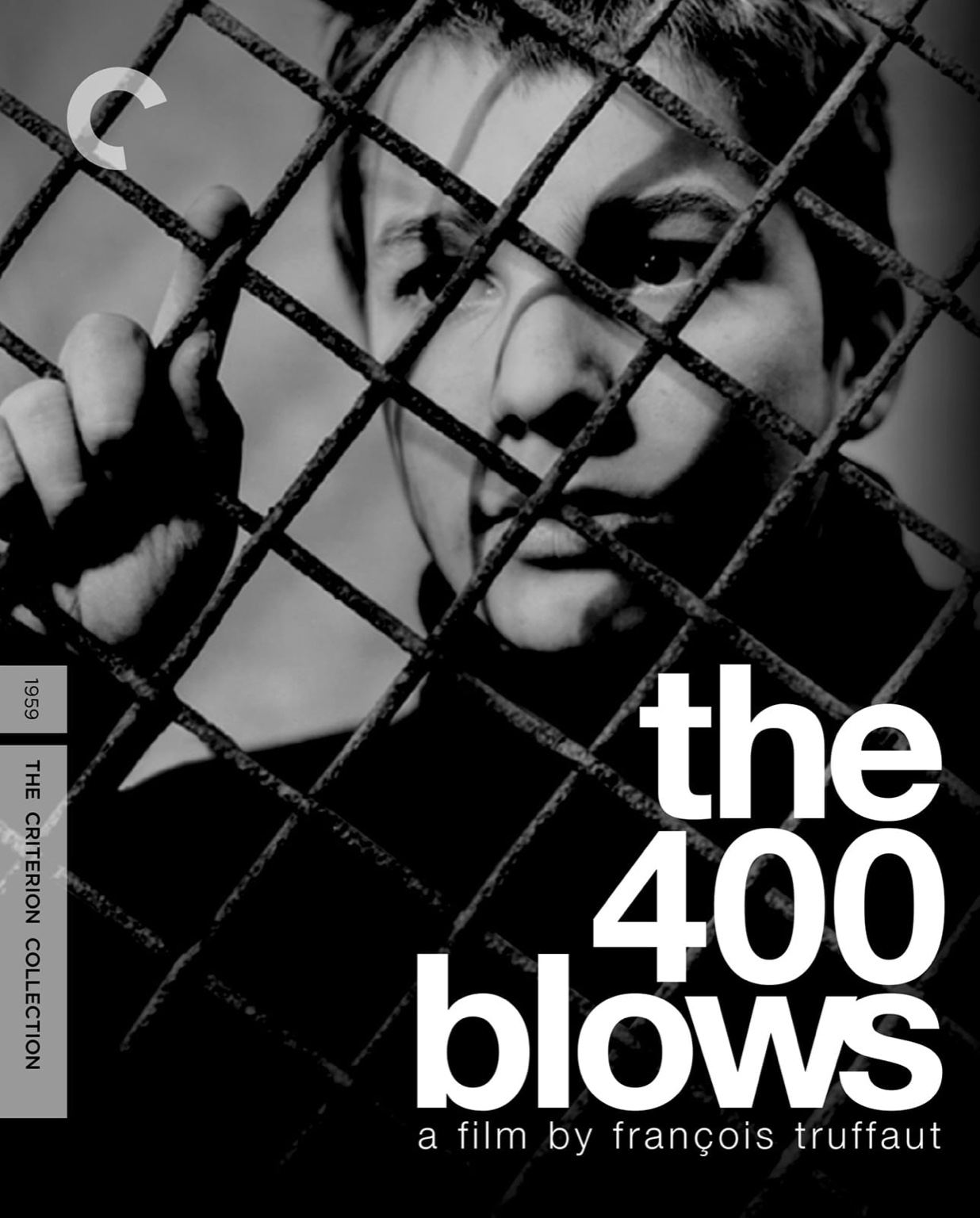The 400 Blows — fences & flight

The film begins with a small misfortune: a teacher looks up and notices Antoine holding a pin-up photo. That ordinary moment triggers a chain of punishment and misunderstanding that rarely lets up. From the first beat, the world seems arranged against a child whom no institution truly understands.
Truffaut stages this with quiet, deliberate steps—school, then home, then detention—each space repeating the same pressure. Fences run through the film like a quiet refrain: the school’s bars that frame Antoine in early shots, the literal fencing of the juvenile center, and finally the beach, which pretends to be freedom but introduces a new boundary. The sea is another edge, a fresh limit between the boy and whatever comes next.
On the shore, Antoine looks straight into the camera and breaks the fourth wall. It is a gentle shock that reminds us cinema is built from frames, and frames can become their own fences—between us and the subject, between what we think we know and what a life actually is. The superimposed FIN underlines this limit: we have not solved Antoine; we have only grazed a reality that exceeds the film.
What keeps the film alive is its balance of tones. Pain without cruelty. Warmth without sentimentality. The stern homeroom teacher is offset by the comic English instructor; even the stepfather has a bluff lightness that keeps the film from going black. The children’s world remains lively—play and laughter and wonder—inside adult systems that can’t quite read them.
There is a small, perfect set-piece that condenses the thesis. From above, we see the students trailing their gym teacher through the street. The line is a ledger; absences appear as clean gaps. One by one, kids peel off toward play; by the end, only two remain. If shot from the ground with conventional coverage, it would be a flat drama of disobedience. From above, it becomes a diagram of how standardized schooling fails to map the nature of children—poetic, lightly abstract, gently comic, and a little bitter.
My one reservation sits near the end, when a conversation with the psychotherapist states the family situation too directly. By then we’ve already felt what the scene explains; the portrait would still be complete without it.
A resonant companion is Abbas Kiarostami’s The Traveler—another boy, another chain of desire and mischief, and another set of borders drawn by adults around childhood.